You’ve likely noticed its creeping effects—warmer winters, unexpected storms, and shifting ecosystems. As science advances, it paints increasingly vivid pictures of potential dystopian realities that once seemed confined to the realm of science fiction.
1. Climate Refugees
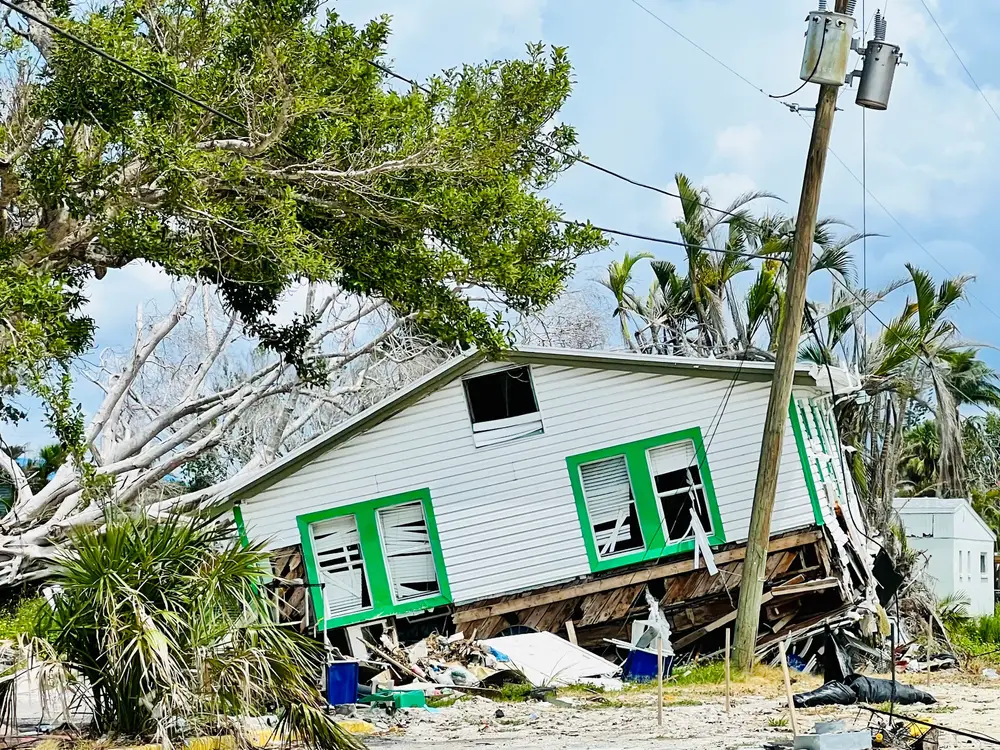
Imagine cities like Miami and Jakarta becoming uninhabitable, forcing millions to seek safety on higher ground. You’ll find yourself contemplating what it means to live in a world where borders no longer hold their traditional meanings. According to the UNHCR, the intensification of climate-related disasters could displace up to 1.2 billion people by 2050. This means rethinking not just where you live, but how society handles such mass migrations.
In this new world, communities will need to adapt to an influx of new residents while managing local resources responsibly. You might see cities springing up in unexpected places, and cultural landscapes evolving faster than ever. The concept of home will stretch beyond physical boundaries, demanding a more inclusive and adaptable mindset. This forces you to ask, how will you contribute to this evolving narrative?
2. Oceanic Dead Zones

You might not notice it at first, but marine life is changing rapidly beneath the waves. Oceanic dead zones—areas with insufficient oxygen to support marine life—are growing at an alarming rate. These zones, exacerbated by agricultural runoff and rising sea temperatures, spell disaster for biodiversity. You’ll witness the domino effect as these dead zones disrupt food chains and livelihoods that depend on the sea.
The seafood you enjoy could become a luxury as fish populations dwindle and ecosystems collapse. Coastal economies will face unprecedented challenges, pushing them to innovate or face ruin. You’ll find yourself questioning the sustainability of your plate and your role in a world grappling with the consequences of overconsumption. Can you imagine a future where oceans are barren, and what sacrifices might that demand from you?
3. Water Wars

Water scarcity isn’t just a concern for developing nations; it’s becoming a global crisis. As freshwater resources dwindle, tensions rise over who gets access and how much. The Pacific Institute reports that water-related conflicts have more than doubled in the last decade. You might find yourself living in a world where your daily life is impacted by water rationing or disputes over shared water sources.
Communities will need to innovate with water recycling and desalination technologies to sustain growing populations. You’ll witness how societies adapt their agricultural practices and urban planning to conserve this precious resource. This scenario poses ethical questions about ownership and the fundamental right to water. How will you navigate a world where water is more valuable than oil?
4. Deadly Heatwaves
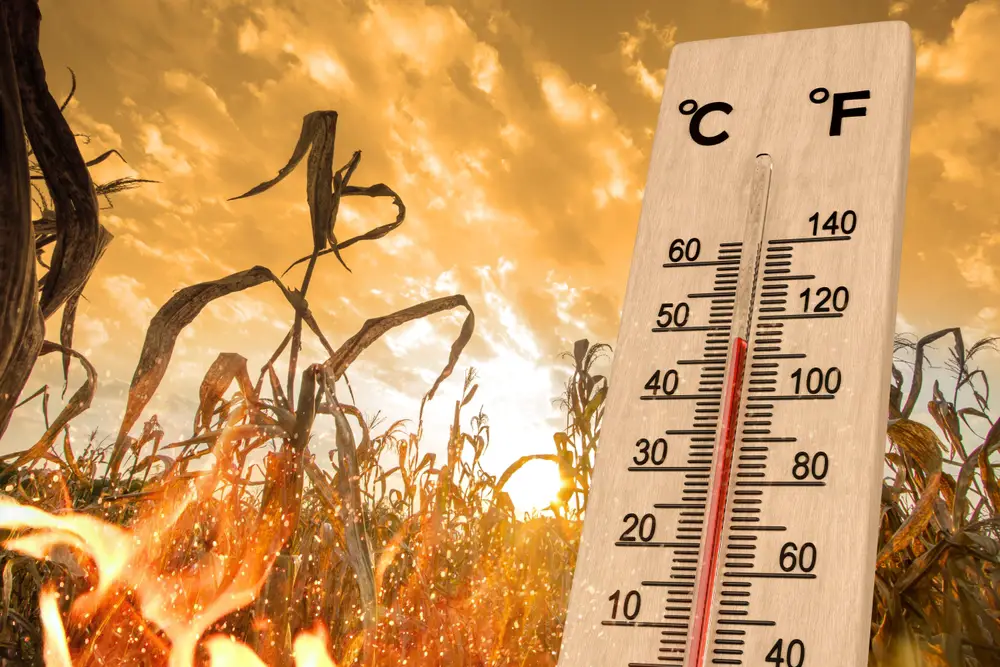
You’re experiencing summers that are hotter and longer than ever before. These aren’t just inconvenient; they’re life-threatening, especially for vulnerable communities. Cities become urban heat islands, amplifying temperatures and straining power grids as air conditioning becomes a necessity, not a luxury. This phenomenon shifts how you think about urban planning and energy consumption.
In this era, architecture evolves to prioritize natural cooling and shade. You might find your wardrobe adapting to more breathable fabrics as you seek refuge indoors during peak heat. Public spaces transform to accommodate this new reality, with green spaces and reflective surfaces playing crucial roles. You’re left considering your own carbon footprint, knowing that every action contributes to the bigger picture.
5. Winter’s Disappearance
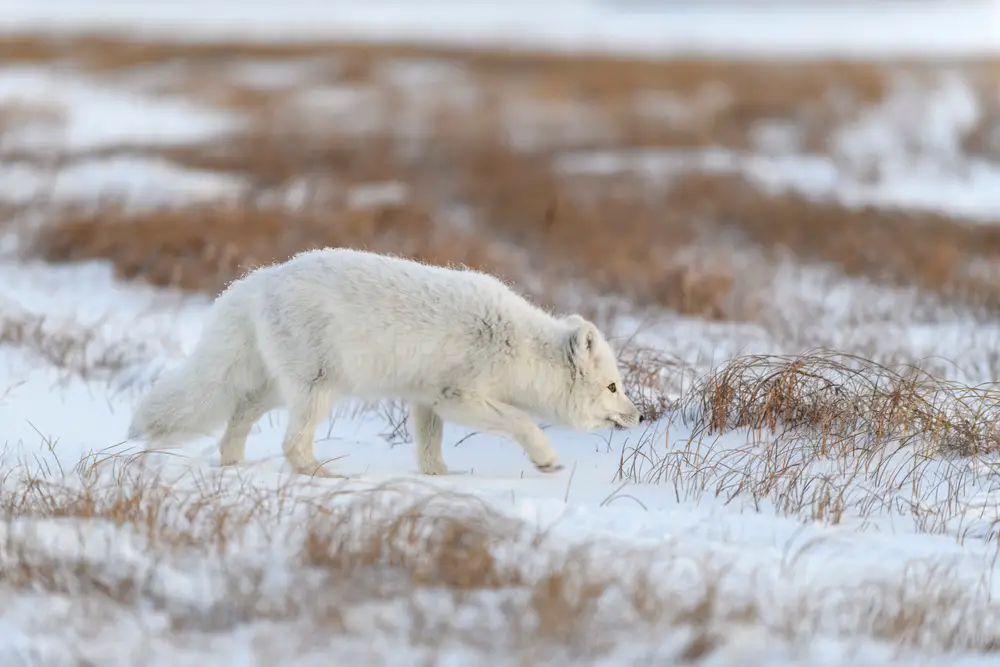
You’ve grown accustomed to the rhythms of the seasons, but what happens when winter all but disappears? This isn’t just about missing out on ski trips; it threatens ecosystems, agriculture, and even cultures. Research from the University of Wisconsin-Madison shows that snow cover in the Northern Hemisphere has declined by nearly 50% since 1972. You’ll witness changes in water supply, as snowmelt diminishes and alters river flows.
Adapting to this new climate means rethinking agriculture and water storage. You might see shifts in crop cycles and the types of produce available at your local grocery store. Winter sports industries will face existential challenges, pushing them to innovate or face obsolescence. This forces you to reconsider traditions and how they fit into a warming world.
6. ‘Normal’ Mega-Fires
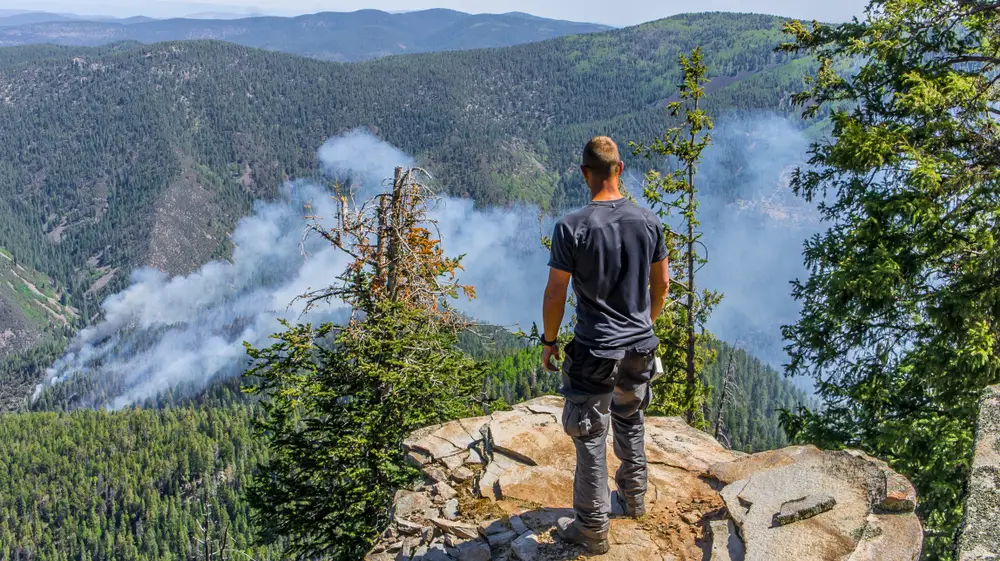
The smell of smoke in the air isn’t just a seasonal nuisance anymore; mega-fires are becoming an annual reality. With increasing temperatures and prolonged droughts, forests turn into tinderboxes waiting to ignite. You’ll see the impact in air quality, public health, and the loss of biodiversity. The wildfires that once seemed like distant disasters are now on your doorstep.
Communities will need to adapt by developing robust fire management strategies and creating fire-resistant infrastructure. You might find yourself participating in local fire safety programs or advocating for policy changes. The economic toll pushes societies to reconsider their relationship with nature, emphasizing sustainability and prevention. How will you support efforts to coexist with this fiery new world?
7. Ocean Acidification
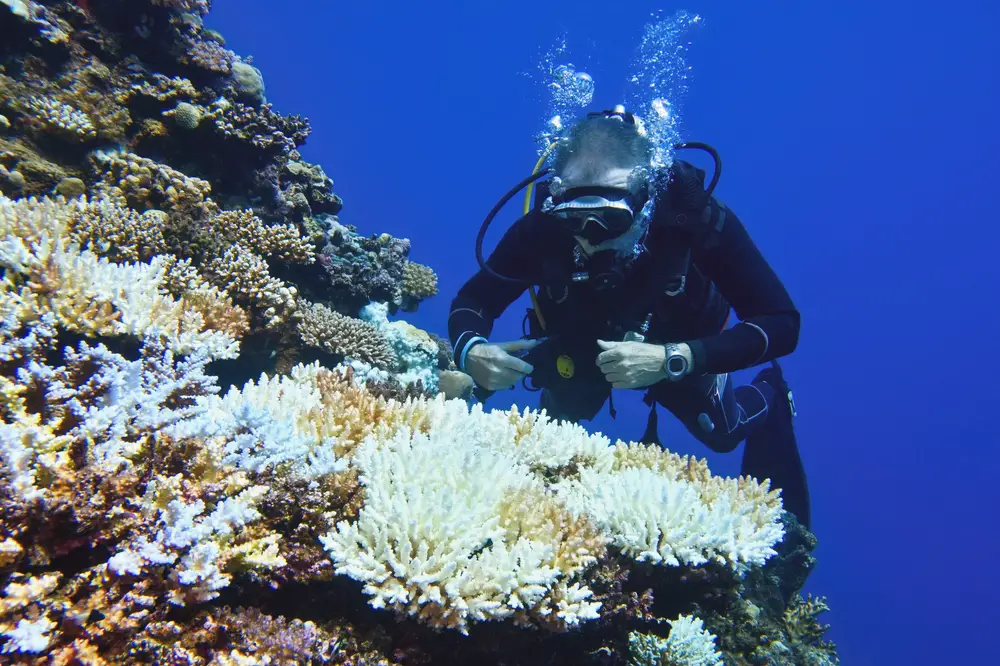
You probably didn’t think much about the pH of oceans, but it’s a silent crisis affecting marine life. As CO2 levels rise, oceans absorb more carbon dioxide, becoming more acidic and threatening coral reefs and shellfish. According to a NOAA report, this could result in a 30% increase in ocean acidity by the end of the century. You’ll see the ripple effects on fishing industries and coastal communities that rely on marine ecosystems.
This environmental shift demands innovations in marine conservation and sustainable fishing practices. You might find yourself more conscientious about seafood choices and their impact on broader ecosystems. The vibrant coral reefs you once admired might become memories, sparking a collective effort to mitigate this crisis. How will you engage with efforts to preserve and protect marine biodiversity?
8. Insect Apocalypse
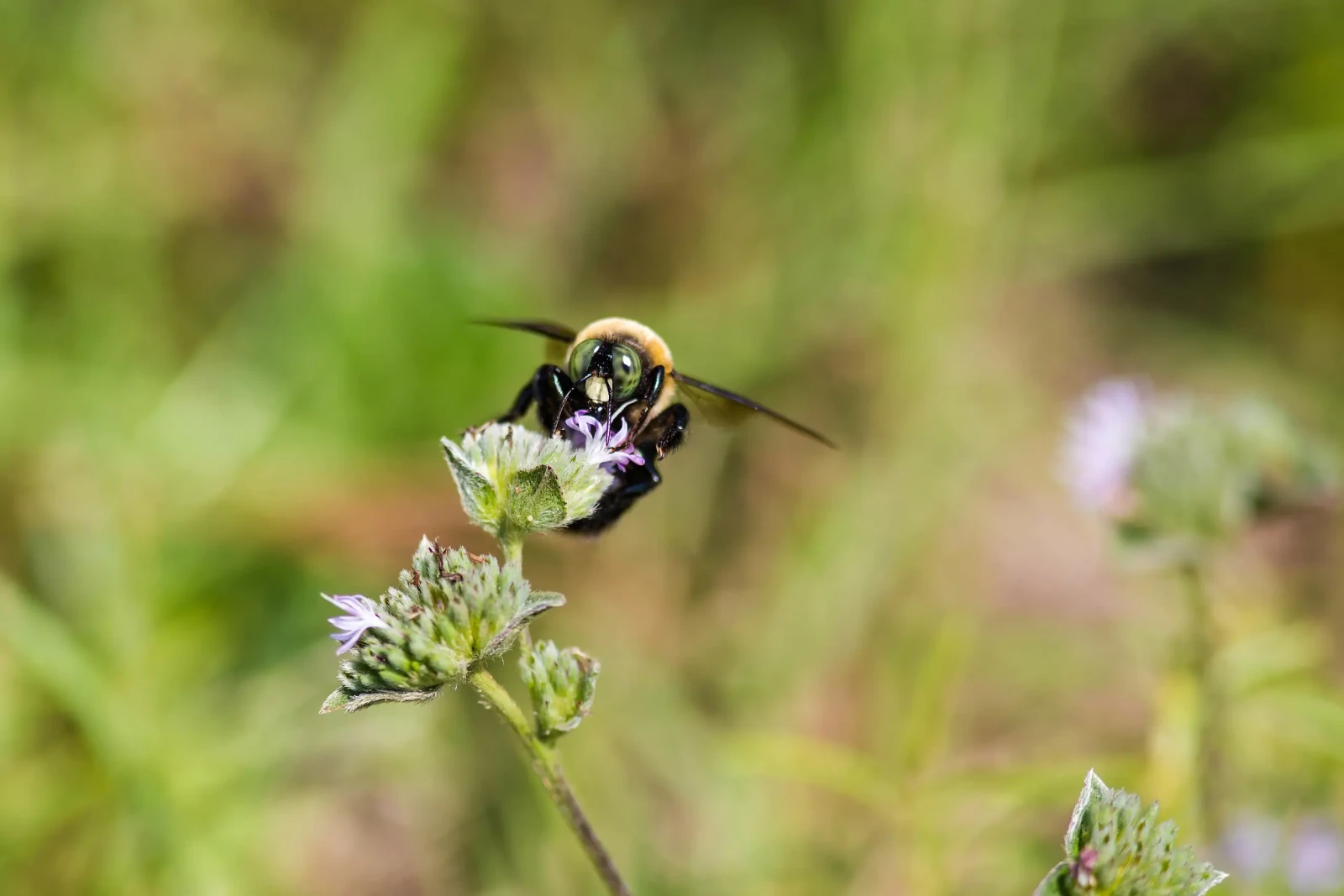
You might not be fond of bugs, but they play crucial roles in pollination and food chains. Yet, insect populations are plummeting due to habitat loss, pesticides, and climate change. This decline threatens crops and ecosystems, putting food security at risk. You’ll notice changes in agricultural practices as farmers adapt to the absence of natural pollinators.
In this world, you’ll witness the rise of artificial pollination techniques and genetic modifications to ensure crop yields. The sight of robotic bees or drone pollinators might become commonplace. You’ll be forced to rethink the balance between technological advancements and natural processes. What responsibilities do you hold in advocating for sustainable agriculture?
9. Urban Wildlife
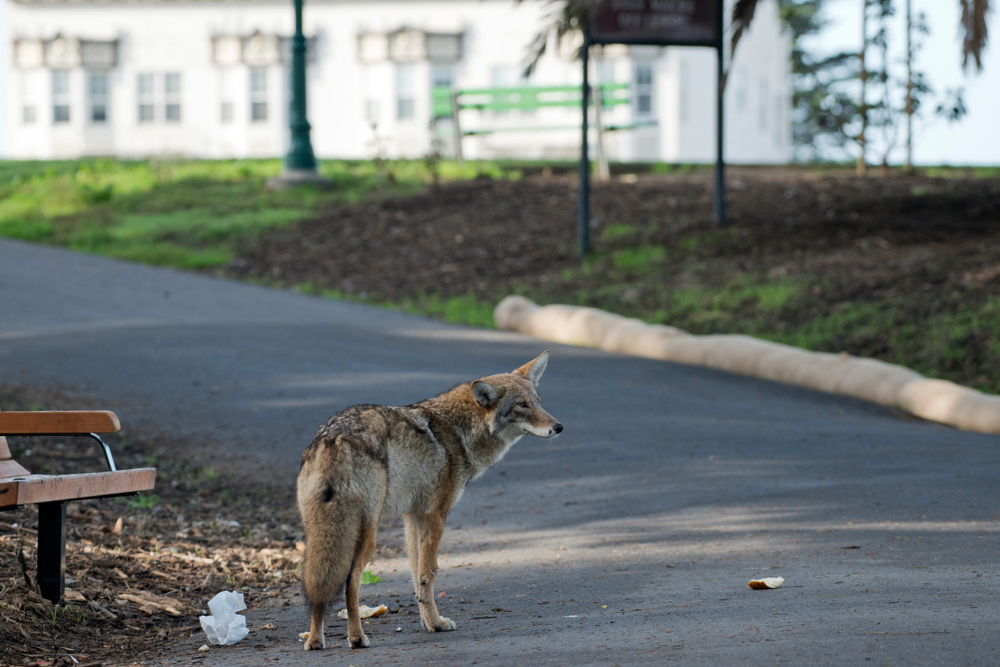
Cities are becoming unexpected sanctuaries for wildlife as their natural habitats shrink. You might spot more foxes in your neighborhood or hawks nesting on skyscrapers. This urban wildlife migration poses challenges and opportunities for coexistence. You’ll need to adapt to sharing your spaces with creatures great and small.
Communities will develop strategies to manage urban wildlife interactions, balancing safety and biodiversity. You might become more involved in conservation efforts or citizen science projects tracking urban animal populations. These encounters will redefine your relationship with nature, challenging perceptions of wild versus urban space. How will you contribute to harmonious coexistence?
10. Global Supply Chain Collapse
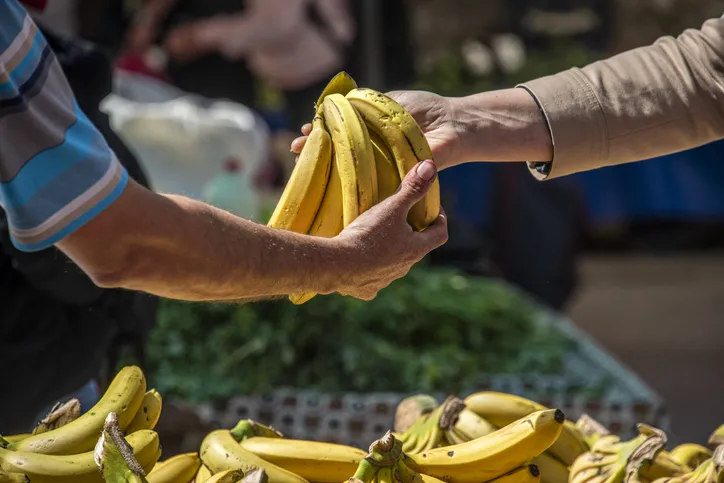
The convenience of global trade is something you take for granted, but climate change could disrupt these intricate networks. Extreme weather events and shifting climate patterns threaten transportation and production systems. You’ll experience the impact through price hikes and availability of goods you once considered staples. This forces you to reconsider consumption habits and local sourcing.
Businesses will innovate to create resilient supply chains, emphasizing sustainability and adaptability. You might witness a resurgence in local manufacturing and agriculture, supporting economies closer to home. This shift challenges you to think critically about consumerism and its impacts on the environment. Are you prepared to embrace a more localized way of living?
11. New Diseases

As climates shift, so do the habitats of diseases and their carriers. You’ll notice more cases of illnesses previously confined to tropical regions appearing in temperate zones. This isn’t just a health issue; it’s a call to rethink how societies prepare for and manage disease outbreaks. You might find yourself more engaged with public health initiatives and global cooperation efforts.
Research and healthcare will evolve, focusing on prevention and rapid response to emerging threats. You’ll see the importance of global data sharing and scientific innovation in combating these challenges. This new reality requires a collective effort to prioritize health and well-being over political boundaries. How will you support efforts to safeguard against this evolving threat?
12. Geographical Shifts
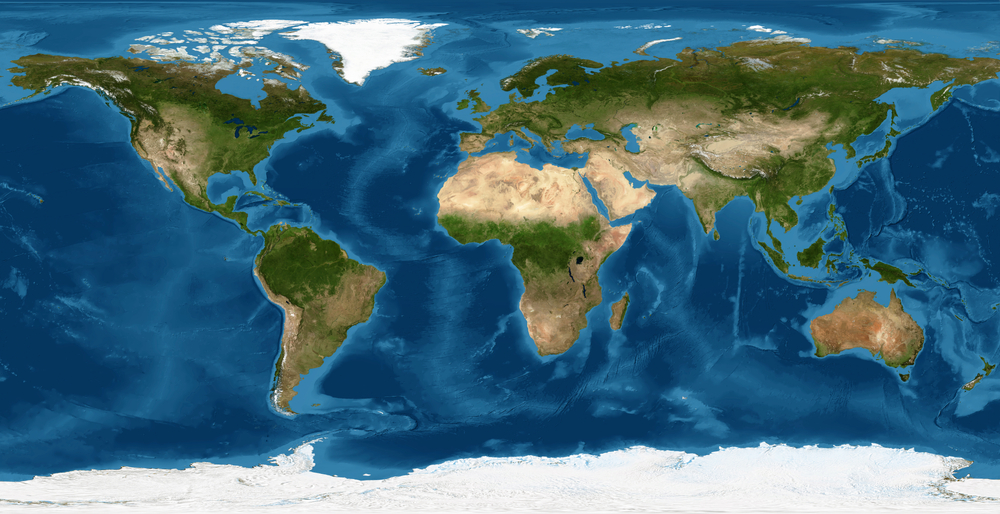
You’re used to the familiar map of the world, but climate change could redraw it in unexpected ways. Rising sea levels and desertification threaten to make some areas uninhabitable, while others become prime real estate. This shift in human geography challenges notions of national borders and cultural identities. You’ll be part of a world grappling with the implications of these changes on politics, economy, and community.
In this era, adaptability becomes a key trait as you navigate evolving landscapes. You might find yourself advocating for sustainable urban planning and climate-resilient infrastructure. The movement of people and cultures will redefine global interactions, fostering innovation and collaboration. What role will you play in this ever-changing tapestry of humanity?
